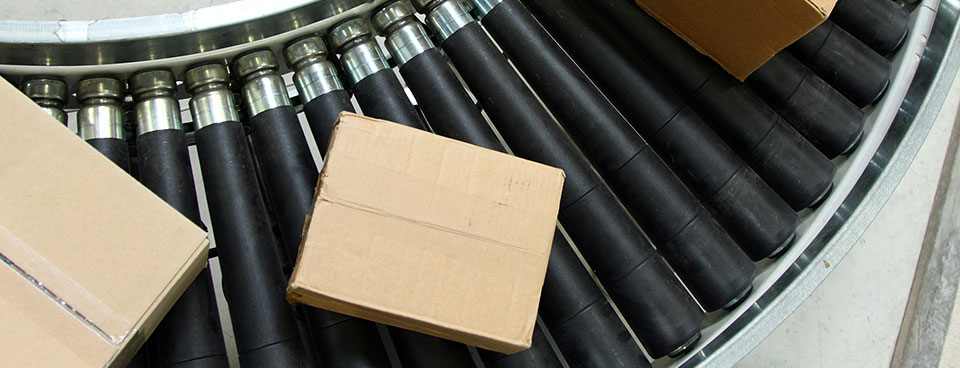Enabling Business-based Internet of Things and Services


The Internet of Things is revolutionizing the enterprise and businesses environments. The introduction of RFID technologies has already enabled automated processes in logistics and elsewhere in the business system. Trillions of devices are – or will shortly be – able to communicate with each other, with users or other people, and with enterprise and public information systems and thus open the way towards optimized business processes and new business opportunities.
However, given the enormous amount of heterogeneous devices, sensors and actuators embedded in systems already existing in the market, the diversity of the producers and manufactures, the different technologies, and the global distribution of such systems, there is a clear need to enabling new classes of applications combining virtual and physical world information from users, data repositories, devices and sensors into intelligent services based on an open architecture.
The European project ebbits aims at integrating the Internet of Things into mainstream enterprise systems and supporting interoperable real-world, on-line end-to-end business applications. It provides semantic resolution to the Internet of Things and hence presents a new bridge between backend enterprise applications, people, services and the physical world.
The ebbits platform will support interoperable business applications with the integration of physical devices, systems and components directly into the producer’s systems, i.e. managing workflows, people, processes, assets, data, information and knowledge, and turn them into useful, value-added business services or service components.
Fraunhofer FIT coordinates the ebbits project and is furthermore in charge of managing the intelligence distributed between the edge network and the centralised business/process information system. We also have a key role in the scenario-based requirements analysis, and the design of the system architecture.
The ebbits platform features a Service-oriented Architecture (SoA) based on open protocols and middleware, effectively transforming every subsystem or device into a web service with semantic resolution. The ebbits platform thus enables the convergence of the Internet of People (IoP), the Internet of Things (IoT) and the Internet of Services (IoS) into the "Internet of People, Things and Services (IoPTS)" for business purposes.
The SoA approach allows for applications that will be launched as bundles of service components, each of which can be assigned to a network node (i.e. manufacturing cell level, shop floor level, operator level, point-of-sale, home environment), which is optimal for the overall execution of the application. A Service Orchestration Manager federates the execution of the distributed services with the aim of achieving the overall objectives of the application.
The ebbits platform will be demonstrated in end-to-end business applications that feature connectivity to and on-line monitoring of a product in its entire lifecycle, i.e. from the early manufacturing stage to its end-of-life. The project will focus on two life-cycle stages: Manufacturing and consumption.
In the manufacturing scenario, the ebbits platform will support interoperability and interconnectivity between various subsystems in the production environment and auxiliary non-manufacturing equipment such as energy control and energy monitoring equipment, regardless of geographical location and interface. It will support applications for physically optimising production flows, including logistics based on new, on-line optimisation schemes, which will include energy consumption and CO2 emissions in the optimisation metrics.
In the consumption scenario, the ebbits platform will support continuous connectivity and on-line monitoring of consumer products regardless of geographical location. Comprehensive traceability of consumer products such as foodstuff will be demonstrated based on widespread availability of wireless networks and smart home infrastructures.
The third scenario is a demonstration for home automation. The ebbits platform can support continuous connectivity and on-line monitoring of home appliances. Electrical devices are connected via smart plugs which can be remotely controlled by the user. The user is always aware of the current power consumption and which devices are turned on. A live camera feed allows the user to monitor their home. Controlling the devices can be done with a smartphone, or with any web browser. More information and a live demonstration is available here.
The ebbits project was co-funded by the European Commission.